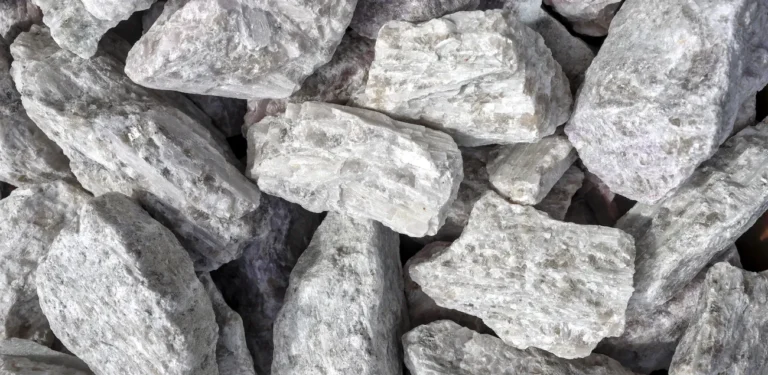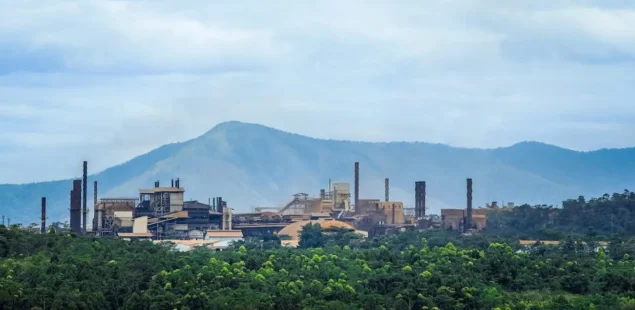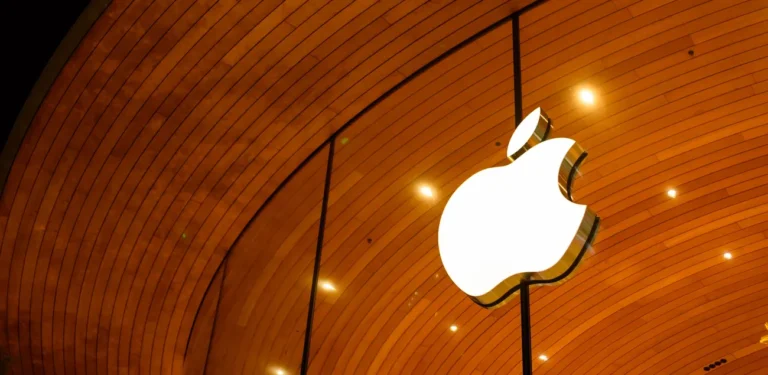
China’s Ministry of Commerce, trade regulator, and the Ministry of Science and Technology, science policymaker, have immediately updated the Catalogue of Technologies Subject to Export Prohibitions and Restrictions, adding export-licensing requirements for upstream and midstream battery technologies—most notably LFP/LMFP cathode preparation and lithium chemical/refining processes—and revising controls on gallium extraction methods. The final amendment follows a January consultation and took legal effect on July 15.  
What changed in the Catalogue
Beijing added a new restricted item covering “battery cathode material preparation technologies,” explicitly naming lithium iron phosphate (LFP), lithium manganese iron phosphate (LMFP) and phosphate cathode precursor preparation. It also modified the non-ferrous metallurgy entry to bring key lithium refining steps into scope (lithium carbonate and hydroxide production from spodumene, lithium metal/alloy preparation, direct lithium extraction from brines, and preparation of lithium-containing purified solutions) and updated the control points for extracting metallic gallium from alumina mother liquor (including ion-exchange and resin methods).
Compared with January’s draft, the final rule relaxes certain test parameters while keeping the technologies within licensing scope. For example, LFP and LMFP “powder compact density” conditions are now measured at 220 MPa rather than 300 MPa, aligning the final control points to industry-achievable metrics for advanced grades. State media also lists performance thresholds for LFP (≥160 mAh/g at 0.1C; ≥97% initial coulombic efficiency) and LMFP (≥155 mAh/g at 0.1C; ≥95% initial coulombic efficiency; average voltage ≥3.85V). The phosphate-precursor criterion was eased to a tap density >1.2 g/cc from >2.1 g/cc in the draft.  
Who needs a licence—and when
Under China’s technology trade rules, “restricted” technologies may be exported only with prior approval from MOFCOM. In practice, companies face a two-step process: (1) obtain a Letter of Intent for Technology Export Licence before executing any binding contract for export (covering JV, licensing, patent assignment or technical services that effect a transfer), and then (2) after signing, apply for the formal Technology Export Licence, without which the contract does not take legal effect. Technologies outside the prohibited/restricted lists require record-filing within 60 days of contract signing.
Local commerce and science/technology bureaus typically conduct the first review and may elevate cases to the ministries. MOFCOM’s export-control portal details the application flow and notes that sensitive technology negotiations may not proceed before the preliminary licence is issued.  
Implications for upstream and midstream battery supply chains
The amendment targets process know-how where China is systemically strong: cathode materials and conversion of spodumene/brines into lithium chemicals. For foreign ventures and licensing, the new restricted items mean longer timelines, deeper disclosure of process conditions and end-use, and higher execution risk if licences are refused or delayed. For Chinese firms expanding abroad, outbound transfers of proprietary LFP/LMFP and lithium-conversion flowsheets will now be conditioned on MOFCOM authorisations, potentially affecting JV structures in resource-rich jurisdictions.
Controls on gallium extraction technology extend a wider pattern of mineral-tech statecraft that began with licence requirements on gallium and germanium products in 2023 and was tightened in 2024–25 with further measures on critical inputs. The focus on extraction from alumina mother liquor is salient because it touches integrated alumina refineries, a chokepoint for global gallium supply.   
Compliance watch-list for industry
Exporters should audit any JV, licensing or technical-assistance agreements touching LFP/LMFP preparation, spodumene-to-carbonate/hydroxide, DLE brines, lithium metal/alloys and gallium extraction. Legacy contracts signed before July 15 are generally not retroactive, but any new transfer of controlled know-how after promulgation is subject to the revised regime and may require fresh licensing. Companies should also update internal controls to align with China’s export-control law and MOFCOM’s dual-use licensing workflow.
Policy background and market context
The Catalogue is periodically revised to add or remove entries as industrial capabilities evolve. The July update formalises what Beijing floated in January and mirrors other recent actions—in rare earths, graphite, and aviation components—aimed at governing outbound flows of sensitive technologies as well as materials. For global battery chains, the amendment reinforces that upstream processes, not only finished cells, have become a strategic frontier.
Lithium, central to the amendment, remains volatile but has shown bouts of stabilisation in 2025 as mine curtailments and Chinese EV demand absorbed surplus, with domestic futures spiking on supply news in July. Tightening control over process technology could entrench China’s midstream position even if raw-material sourcing diversifies.



